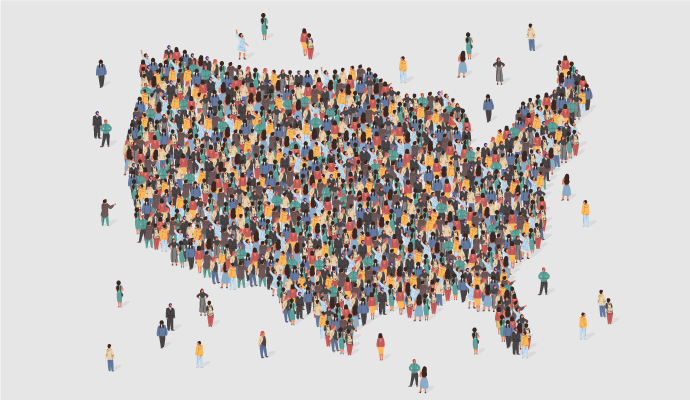Native Americans Face Severe Geographic Barriers to Cancer Care Access
Compared to other neighborhoods, American Indian and Alaska Native neighborhoods travel nearly 40 miles farther to access radiation therapy, underscoring key geographic barriers to cancer care access.

Source: Getty Images
- Disproportionate geographic barriers to cancer care access beleaguer Native Americans, a study led by Washington State University researchers has found.
The study, published in the journal Value in Health, found that individuals living in majority American Indian and Alaska Native (AI/AN) neighborhoods travel almost 40 more miles to the nearest radiation therapy facility compared to those living in neighborhoods dominated by other racial groups.
“Up to 60 percent of cancers require access to radiation therapy, which can be delivered only in specialized facilities by trained physicians,” Solmaz Amiri, lead study author and assistant research professor in the WSU Elson S. Floyd College of Medicine, said in the press release. “Considering that treatment regimens require once or twice daily visits for up to eight weeks, getting to those facilities is a significant burden that becomes an important barrier to treatment.”
These long travel distances may lead people to choose more invasive surgeries that don’t require as frequent follow-up care, such as a mastectomy, or full breast removal, for breast cancer, said Amiri, who is also a researcher at the Institute for Research and Education to Advance Community Health (IREACH).
To further look into these geographic disparities, the researchers used a database listing addresses for radiation therapy facilities and calculated the distance to the closest facility for each block group, a geographic unit that includes up to 3,000 people.
Using data from the 2019 American Community Survey, the researchers were able to compare travel distances by racial and ethnic composition, area deprivation, and rurality of block groups.
The study showed that block groups with an American Indian and Alaska Native majority traveled between 26 and 103 miles to the nearest radiation therapy facility. In comparison, block groups for other majority populations ranged from 3 to 35 miles.
Additionally, almost a third of AI/AN people lived in radiation therapy deserts with greater than average travel distance to radiation therapy.
The findings highlighted some access disparities between rural and urban communities. Americans that reside in small towns and rural areas have to travel nearly 30 miles more than their urban counterparts, regardless of race. Still, these geographic disparities disproportionately impact Natives Americans, as more than half of all AI/AN people live in small towns and rural areas.
“We know that Native Americans have the worst outcomes once they are diagnosed with cancer, and one of the reasons they may not be getting optimal treatment may be related to treatment access,” Amiri said. “Very few of these multimillion-dollar buildings housing radiation therapy facilities are located in rural areas, and so they can’t serve all populations.”
Policymakers should consider the potential use of mobile radiation therapy facilities to help close access gaps, Amiri stated. By providing better care access, disparities in cancer outcomes and mortality could also improve among AI/AN communities.
Telehealth can also serve as a bridge to connect patients and their clinicians, no matter the distance. At the University of California Davis, telehealth reduced the distance traveled by 5 million miles for all patients between 1996 and 2013, researchers reported in 2017. This amounted to nearly nine years’ worth of saved travel time and $3 million in saved travel costs.
